New Scientist covers the latest developments in science and technology that will impact your world. New Scientist employs and commissions the best writers in their fields from all over the world. Our editorial team provide cutting-edge news, award-winning features and reports, written in concise and clear language that puts discoveries and advances in the context of everyday life today and in the future.
Elsewhere on New Scientist
Change is possible • The nature of civilisation is far more malleable than we thought
New Scientist
Chemistry on a cosmic scale
Treated before birth • A genetic condition that sees children develop a potentially fatal lack of sweat glands is one of several that can now be treated in utero, reports Clare Wilson
Types of fetal therapy • Medical conditions caused by faulty genes can be tackled in several ways:
Euclid ready to probe dark cosmos • Space telescope set to launch on 1 July to study the effects of dark energy and dark matter
3D-printed human heart chamber beats for three months
Night-time meals may help you run for longer
Zombie worms can survive by eating shark teeth
Field notes Northvolt Ett plant, Sweden • Inside the gigafactory producing the world’s greenest batteries Northvolt says its huge complex will soon produce enough batteries each year to power a million electric cars, finds Michael Le Page
Dolphins ‘talk’ to their young in a high pitch, just like we do
Magma plumes may explain gravity hole in the Indian Ocean
Endangered butterflies are being sold for high prices on eBay
Tentacle robot can bend through pipes and unscrew bolts
Amazon deforestation has slowed down since Lula took over in Brazil
The centre of our galaxy has a strange no-entry zone
Analysis Computing • Which quantum computer is the most powerful? IonQ has become the latest firm to claim its forthcoming device is better than any other. But how do you benchmark a quantum computer, asks Matthew Sparkes
Milky Way could hold thousands of stars from another galaxy
Eye reflections used to make 3D models of what you see
Hadza hunter-gatherers have hugely diverse gut microbiomes
The earliest Neanderthal art • Symbols have been found carved on the walls of a cave in France that was inhabited by Neanderthals before being sealed off at least 57,000 years ago, discovers Michael Marshall
Comet splits after being heated by sun
Knee brace aids healing of ACL tears
White spots help monarch butterflies go long distances
Really brief
The real threat from AI • Claims about the existential risk of artificial intelligence are frightening – but not because they are true, argues Mhairi Aitken
No planet B • Don’t mention the R word Rewilding is becoming a taboo term among farmers, although they are happy to talk about “nature-friendly farming”, finds Graham Lawton on a trip to Wales
Blooming great
Your letters
Two and two make five • An intriguing new book asks deceptively simple questions about mathematics that hint at serious complexities beneath, says Anil Ananthaswamy
Our wasteful ways • The human cost of the waste we create daily is vividly captured in an eye-opening book, finds Chris Stokel-Walker
New Scientist recommends
The games column • Close calls The much-delayed Star Trek: Resurgence has some great individual moments and Planet of Lana looks gorgeous, but technical issues in both left me wishing I was watching TV, says Jacob Aron
Rethinking civilisation • The new story of how civilisation emerged upends almost everything we thought we knew, finds Michael Marshall
SOCIALLY ENTERPRISING
BUILDING UTOPIAS
Cheat your way to better...
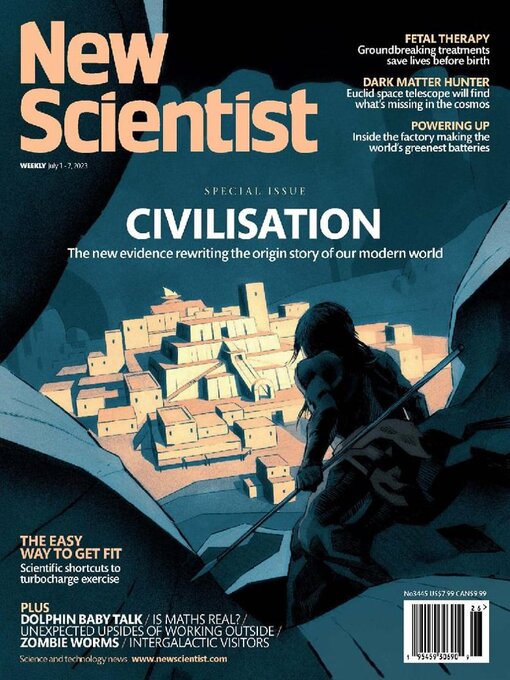
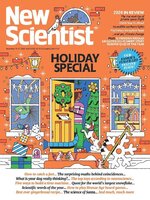 Dec 14 2024
Dec 14 2024
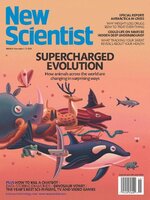 Dec 07 2024
Dec 07 2024
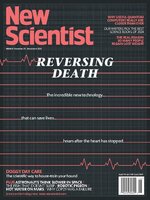 Nov 30 2024
Nov 30 2024
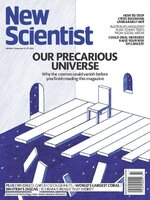 Nov 23 2024
Nov 23 2024
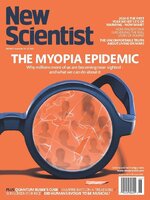 Nov 16 2024
Nov 16 2024
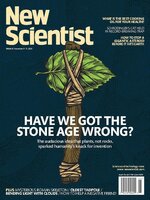 Nov 09 2024
Nov 09 2024
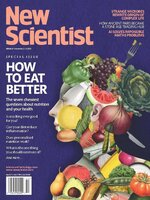 Nov 02 2024
Nov 02 2024
 Oct 26 2024
Oct 26 2024
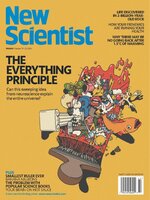 Oct 19 2024
Oct 19 2024
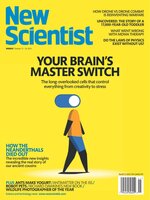 Oct 12 2024
Oct 12 2024
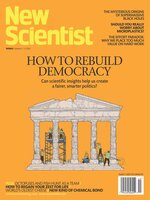 Oct 05 2024
Oct 05 2024
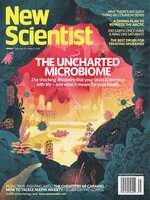 Sep 28 2024
Sep 28 2024
 Sep 21 2024
Sep 21 2024
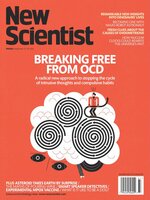 Sep 14 2024
Sep 14 2024
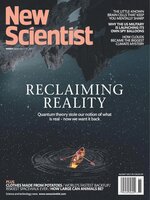 Sep 07 2024
Sep 07 2024
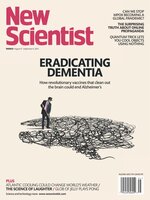 Aug 31 2024
Aug 31 2024
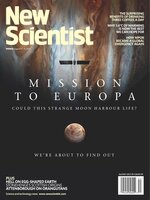 Aug 24 2024
Aug 24 2024
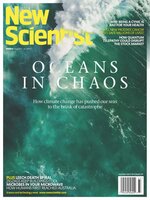 Aug 17 2024
Aug 17 2024
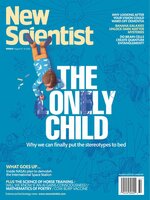 Aug 10 2024
Aug 10 2024
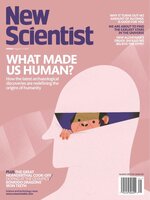 Aug 03 2024
Aug 03 2024
 Jul 27 2024
Jul 27 2024
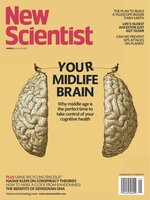 Jul 20 2024
Jul 20 2024
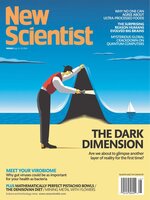 Jul 13 2024
Jul 13 2024
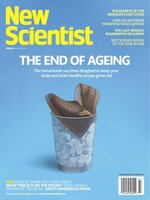 Jul 06 2024
Jul 06 2024
